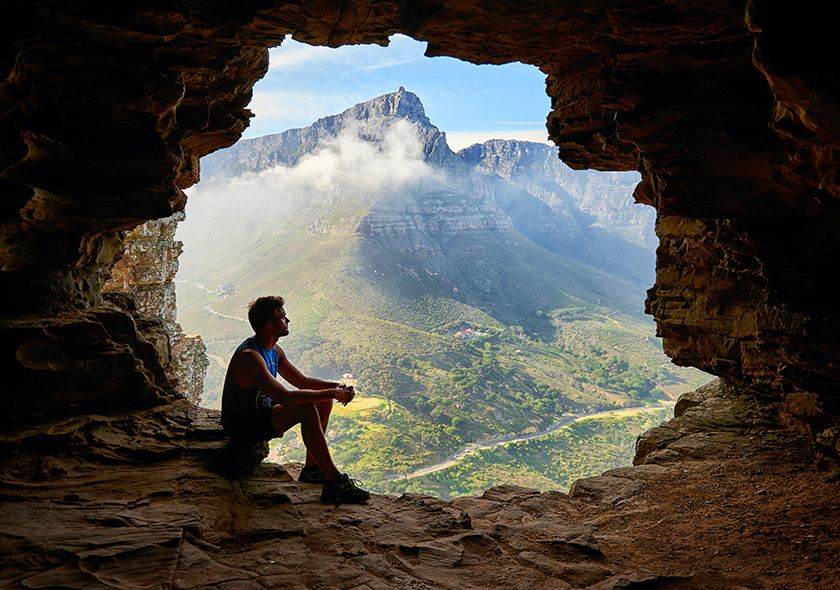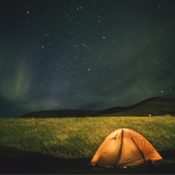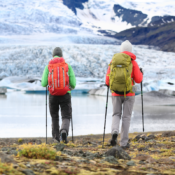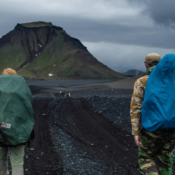Iceland’s History – Southern Landmarks
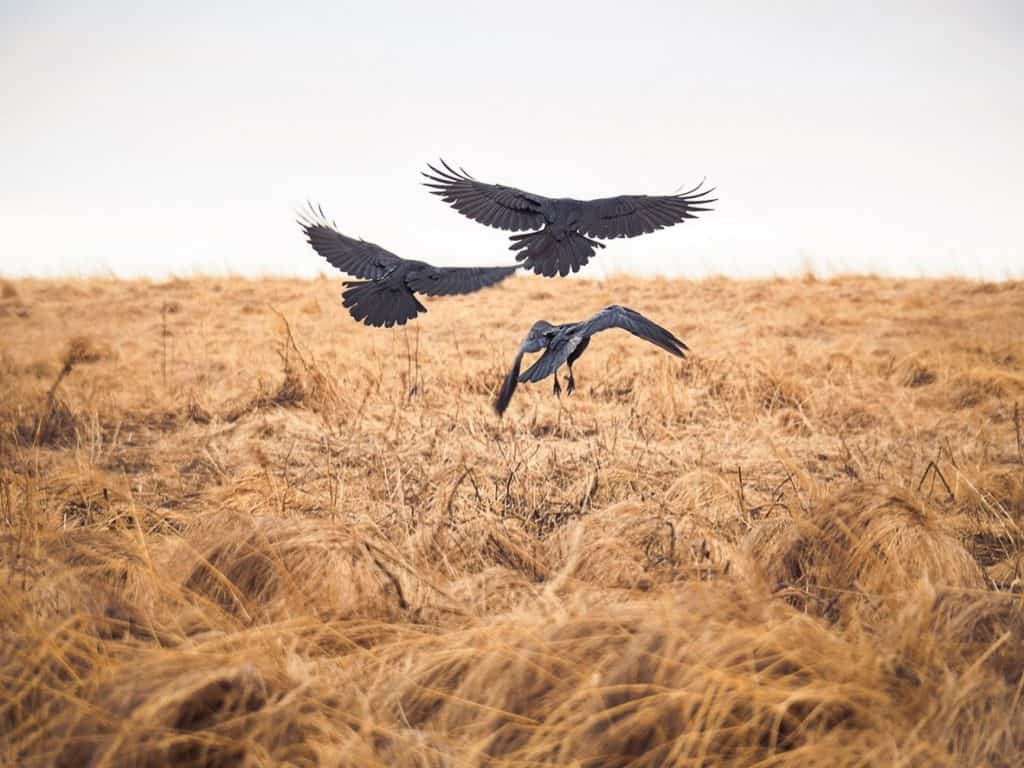
Iceland’s History – Southern Landmarks
Have you heard the songs of fire and ice? The epic tales about families that fought, loved, died and on honor, avenged their dead? I mean, of course, the sagas of the Icelanders. The truest fire and ice stories, as they took place in the actual land of fire and ice. These pieces of Iceland’s history, tell the stories of the people who settled in Iceland.
Upon arrival to this harsh place, they realized winters were going to be as hard as they get. But that did not stop them from staying here, taking one of the most interesting directions they could. To tell stories to each other. The oral stories were passing and entertaining every Icelander. And still does, with extraordinary statistics that back up Iceland as the country with more writers and books read per capita in the world. It is a land brimming with stories.
Going back to the past, the sagas of the Icelanders are stories that took place in the ninth, tenth, and eleventh century mainly. This period got the name of the Saga Age. Among the dozens of sagas, which are incredibly interesting, this time we are going to talk about just one. The Njáls Saga, or known as well as Brennu-Njáls Saga. This, along with the Laxdæla and Egil´s Sagas are part of the curriculum of every school student in Iceland, and there are many reasons for this. My favorite reason is the presence of references to these Sagas embedded in the language, that without the stories as context, you could not understand.
Brennu – Njáls Saga
The Njáls Saga is a story that encompasses topics of love, marriage, an inflated sense of honor, the need for vengeance when this honor is threatened, justice, betrayals… It is a record of real people’s life, adorned but just a bit. Revolving around conflicts that very small offenses started, and escalated to all the deaths in the Saga. The author was interpreted often as denouncing this inflated sense of honor and masculinity, that overtook friendship and love, and brought blood and massacres.
If you want to discover the adventures of the historical characters portrayed in the Saga, there is no better way than reading it yourself. Exploring through the pages of such an intriguing story is a pleasure I am not going to spoil.
Nevertheless, we at Local Adventures are here to provide you with information about iconic places, stunning views and the breath of the past in our land. We compiled a small list of destinations you can ask us to take you, or visit on your own. It is your adventure to experience Iceland’s history.
Njáls Saga Iconic Destinations
Bergþórshvoll
Last stand of Njáll, where he, his wife Bergþóra, and his family found a fiery end. After several fights, this is where Njáll and his wife found their demise by the hand of Flosi. Flosi offered him and his wife to leave before burning the farm. Nevertheless, Njáll rejected this, and decided to stay with his sons in a last stand inside their house. Knowing that this would be futile, they follow their father to certain death. Prior to this, a settlement was made at the Alþingi. Flosi would be compensated three times more than the usual payment of compensation, and Njáll added a fancy cape. This seemed to be insulting to Flosi, as he found a unisex garment offensive, and lead to the tragic development of events.
This was a place of great archeological interest during the early twentieth century. With findings that pointed out to a burnt building in the area, but the dating of the burning and the dates of this history, as well as the type of building found in the remains, does not really match. Nevertheless, we must consider the poetic licenses that the writers of the Sagas might have used, as they were written centuries after the events.
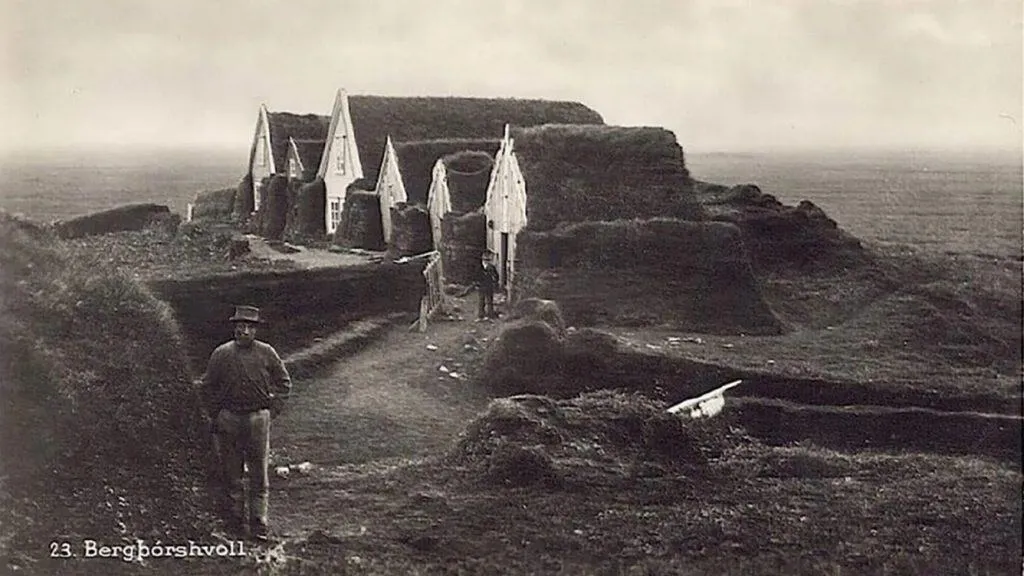
Þingvellir
Part of almost every Saga, the Þingvellir was the home of the Alþingi. This assembly was the first ever parliament in the world, made to discuss every part of Iceland government and legal matters. Þingvellir is now a national park, protected and available for the public to visit. Njáll was a renown lawyer during his life, and his presence in the Alþingi through the Saga plays a huge role in the development of the story.

Keldur
The oldest existing turf farm in Iceland. This group of structures date back to the 13th century farmed by Ingjaldur Höskuldsson, who appears in Njáls Saga. Nowadays, it is part of the Iceland’s turf houses list for World Heritage consideration, which play a huge part in Iceland’s history. This intricate set of buildings has a museum, open only in summer from June 1 to August 31. Within, it has information about everything that happened in the Saga Ages, and after.
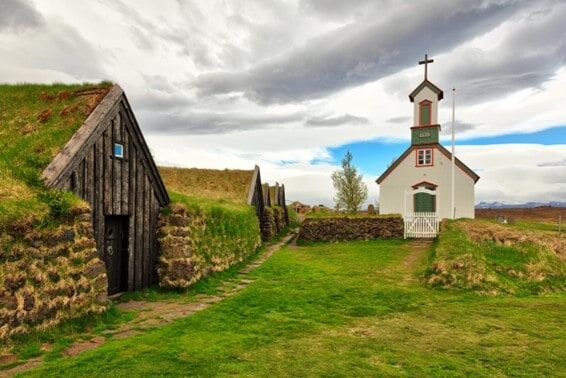
Gunnarssteinn
Near the Rangá River, and west of Keldur, you can find Gunnar’s Stone. Gunnar was one of the central characters of Njáls Saga. After many fights and family wars, he was exiled from Iceland. He departed for exile, but turned around his horse, stood on the stone, looked at his home and decided to face the fate of being an outlaw in his home instead of being away from it. His fate, shortly after, found him while defending his home. It is said that Hallgerður, his wife and the person who supposedly started the family fights, refused to lend Gunnar her hair to fix his bow because of a slap he had given her in punishment when learning about some of her deeds. This would lead to Gunnar being defenseless and falling from exhaustion to his enemies.
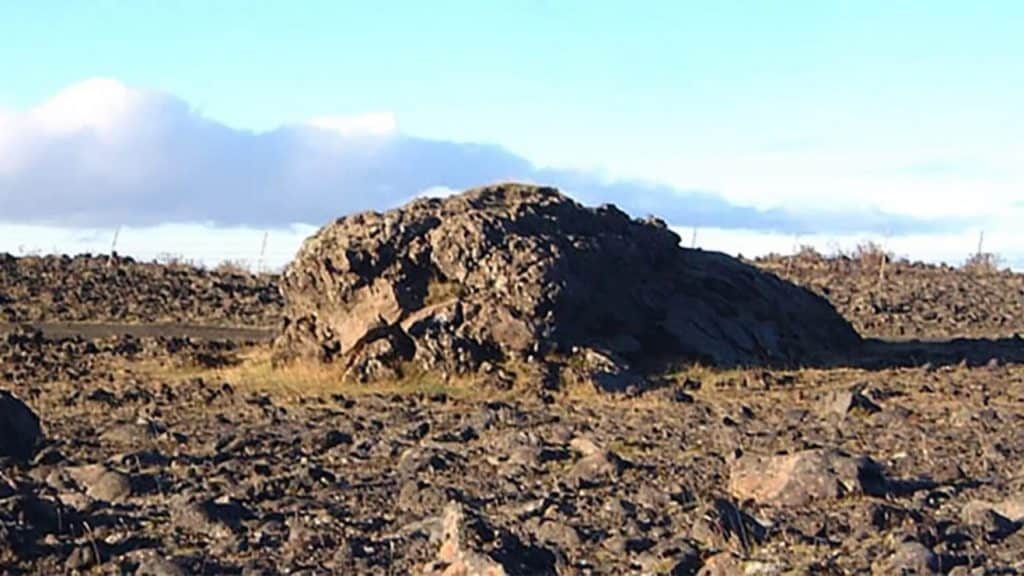
Markarfljót
East of the Hekla volcano, this river is one of the most beautiful places in Iceland, and flows near Þórsmörk through expansive sand plains. It stretches for 100 kilometers, and one of its affluent come from the Krossá River, which flows through Þórsmörk. It is known for its unpredictable water levels and rapid fluctuations. In Njáls Saga, this is the place where the sons of Njáll face Þráinn Sigfússon. The latter found at this moment his way to the afterlife as a result.
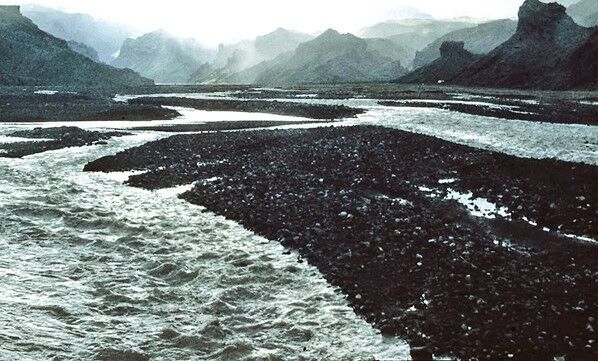
Þríhyrningur
The triangle, in Icelandic. These mountains are close to the landmarks described before. It is said to be observed from them on many occasions. Named after the three pinnacles from its shape, the character Flosi hid in these mountains after the attack on Njálls farm. This gives the valley within the mountain, Flosadalur, its name. From this point, you can watch as the landscape unfolds the stories in front of your eyes.

Lomagnupur
The home of the giant Jarngrimur. Protector of the south and guardian of Iceland, featured in the national coat of arms and many legends of Iceland’s history. Njáls Saga, of course one of them, features the giant when the character Flosi takes rest in the mountain. Jarngrimur prophesied to him that his men would die in battle.

Hjörleifshöfði
Venturing to the south, the mountain Hjörleifshöfði, named after Hjörleifur, is another point to include in your mystic itinerary. The story of Ingólfur and Hjörleifur, second cousins, blood brothers, and brothers-in-law (one could say they got along), is the story of the very first settlements in Iceland. While their way of preparing for immigrating to Iceland was different, they went together, and separated once they saw the island. Hjörleifur settled in Hjörleifshöfði. And then the slaves he brought from Ireland, killed him.
The mountain remained his eternal home. His tomb is located at the top of the mountain and is a common cultural destination while hiking. Along with his farm, located closer to the base of the mountain. Even if not part of Njáls Saga, we wanted to include this amazing landmark, for you not to miss it and discover more of Iceland’s history with our guides, or on your own while visiting.
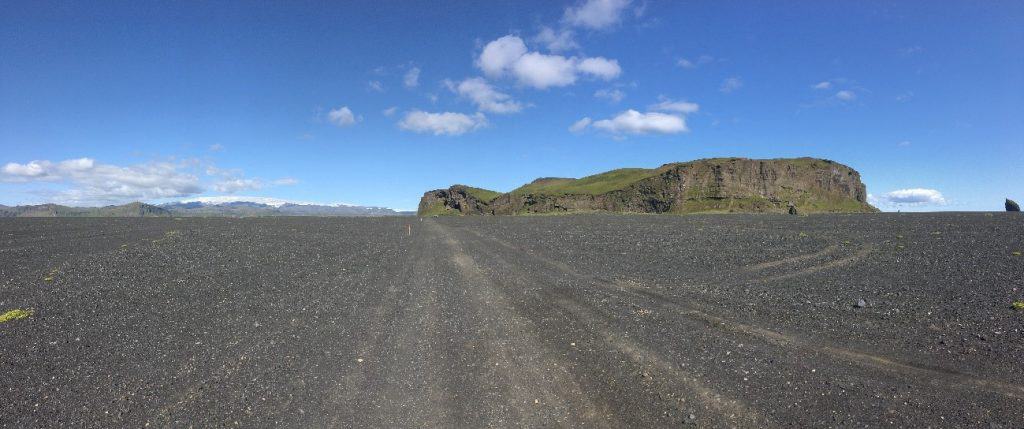
Our Approach
With these incredible landmarks, you can cover the most important places in Njáls Saga, as well as Hjörleifshöfði thanks to its proximity. Most of these places have commemorative plaques or museums for you to visit and learn more about each place’s history. We do want to mention as well the Icelandic Saga Museum, located in Reykjavík. A place for you to learn everything there is about the Sagas, and Iceland’s history, in a museum format. From our side here at Local Adventures we do not have a specialized tour related to the Sagas landmarks. Nevertheless, our guides know these places very well, and they can guide you through a mystic adventure through all of them. Specially, the hike to Hjörleifshöfði is a destination our guides love. All you need to do is to contact us and ask!
All Categories
